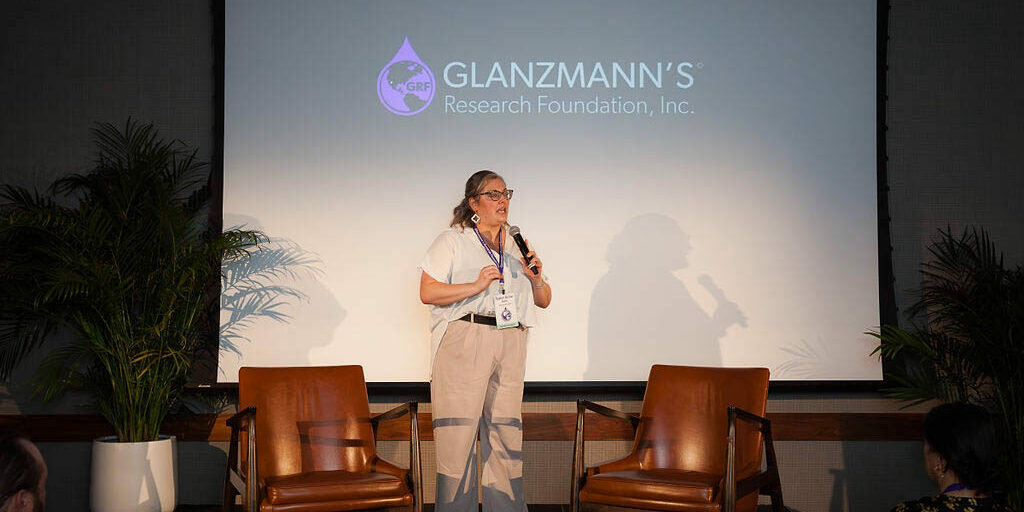Conference Fulfills Mother’s Dream; Opens Door For Future

POSTED
September 14, 2023
SHARE VIA
Taylor Burtz knew it was a leap of faith to fulfill a dream of her late mother, but she also knew it was a chance that had to be taken.
“I’m still kind of in shock that the event happened. It’s very surreal,” said Burtz, the president of the Glanzmann’s Research Foundation, an organization her mother, Helen Proctor Smith, founded in Augusta.
One of Smith’s dreams was to have a conference solely focused on Glanzmann’s Thrombasthenia, a rare blood clotting disorder. It’s often a side note at other bleeding disorder conferences if it’s even mentioned at all. “It’s the most under researched. When talking to people in the bleeding disorder world, they said research is probably 50 years behind hemophilia,” Burtz said.
Read More: Woman continues mother’s legacy
The GT conference was held in Boston July 26-29. Smith, who died in October 2019, would’ve turned 56 on July 27. It brought together members of the medical community as well as those with the disease including Burtz’s sister Julia Smith, who was born in 1998 and was one of about 200 people known with the disease when she was diagnosed. Julia Smith led a roundtable for the event.
Parents got to share their experiences and others with the disorder could interact, a highlight for Julia Smith.
“Every time I’ve been able to get together with a GT person, I’m like ‘This happens to me; does it happen to you?’ It’s not as isolating,” Julia Smith said.
Burtz said the researchers in attendance were able to put real people with the data they’ve accumulated.
While it was good for the GT community to get together in person rather than virtually, one of the main things Burtz had hoped for was to expand the organization’s influence and connect with those who can eventually find real answers and expand the limited treatment options. And that’s exactly what’s happening.
“Tons of doors have opened,” said Burtz, who has been asked to travel to England in November to speak to a couple of the hemophilia societies there. There’s a large percentage of people with Glanzmann’s in England.
Also, Peter Zdziarski, the foundation’s vice president who has GT, is attending a patient advisory panel in Chicago Sept. 14-15. The National Bleeding Disorder Foundation reached out to the Glanzmann’s Research Foundation because it couldn’t find eight people with GT.
That was kind of cool and pretty validating that our community trusts and respects us when you look at how many attended our conference, Burtz said.
The initial conference had 65 attendees. Although it was less than Burtz’s goal of 100 people, she felt it was a success because of what’s come out of it with the impact that she’s seeing thus far.
“We had a lot of physicians from Harvard,” she said.
And they were impressed with what they saw and heard.
“The physicians said ‘keep my number. If you need anything call me,” she said.
While Burtz plans to do future conferences, she said that an annual educational conference would not make sense at this point since the research is so far behind other bleeding disorders, but she could see one every two years with an event in the off years to bring the Glanzmann’s community members together.